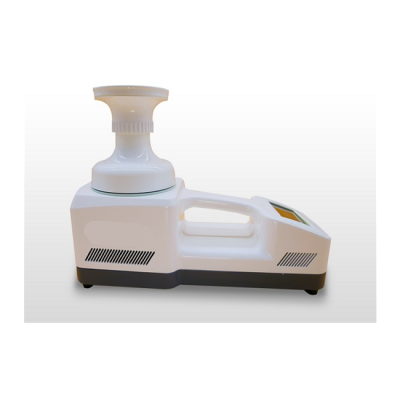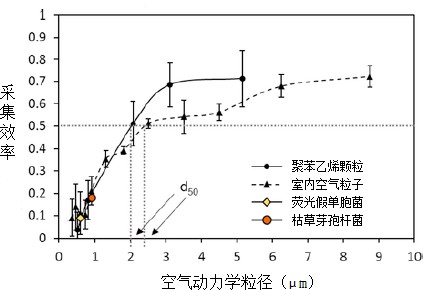| Contact Us for Quotation | Email:464560351@qq.com | Whatsapp: +8618620373879 |
Product Characteristics
limpact sampling lagar plate or oil film sampling lHigh flow, high efficiency and low damage lSmall size, light weight, portable belt ltemperature has a wide range of applications. lTouch screen operation is simple and fast lLong standby time and easy maintenance lYou can preset or set the sampling time. lApplicable to multiple collection environments |
Product Features
| TesterMeter-p1000 large flow biological aerosol sampler planktonic bacteria sampler Use petri dishes to collect particulate matter such as microbial aerosols in the air, such as bacteria, fungi, viruses, etc., you can use normal agar culture medium for airborne plankton bacteria microbial sampling, and you can also use oil film for airborne microbial virus sampling, which can be combined Bacterial culture,PCR, LAMPand other detection methods monitor and study microorganisms and various chemical components in the air. This product can be used for on-site sampling of biological emergency emergencies and battlefield biological toxin sampling; it can also be widely used for air microbial aerosol particulate matter sampling in the environment of disease prevention and control, environmental protection, pharmaceuticals, fermentation industry, food industry, biological cleanliness and public places, and can also be used for air microbial sampling in relevant scientific research, teaching and other institutions. |
Structure Diagram
1. Filter cover 2. Sampling cylinder 3. Petri dish 4. Base 5. Touch screen 6. Switch 7. Charging port |
Technical Index
performance | parameter |
Traffic range | 1000 L/min |
cutting point | 2 μm |
capture rate | more than 90% of bacteria and fungi |
impact speed | 15 m/s |
The sampling time | 30 s, 60 s, and self-set |
power supply | AC/DC dual-purpose, battery powered for 3 h |
working angle | 0 °~20 ° (horizontal) |
operating temperature | -15℃ ~ 45 ℃ |
Petri dish | φ 90*15mm |
Dimensions | 380*140*150mm |
weight | 1.9kg |
Collection efficiency diagram





















































































































































 English
English


